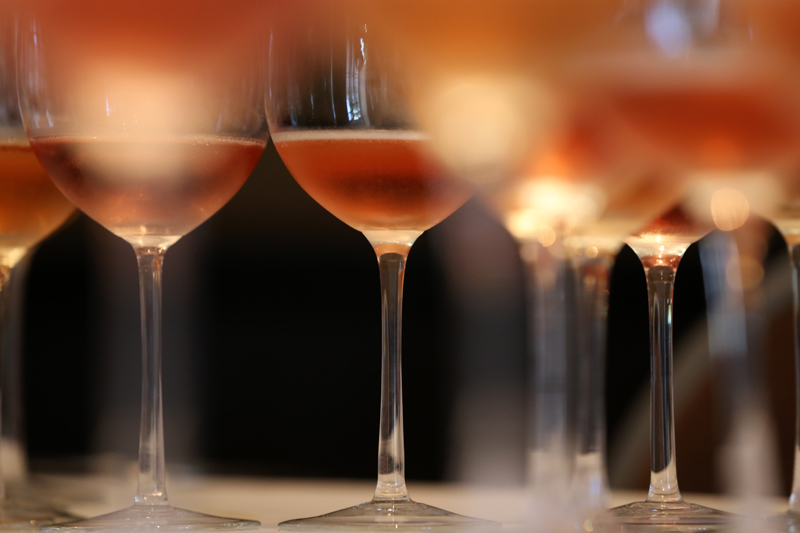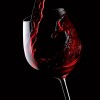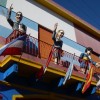In 2014, Argentine wine exports showed atypical numbers. Among them, one was even more curious: sparkling wines had an annual variation in dollars of 10% compared to a decade ago, resulting in a tripling in foreign currency. Some $21.3m; cold and calculating.
To an observer of Argentine wine this should not come as a surprise. In principle, because in the last decade there was a significant leap forward in terms of development and sparkling wine styles. A leap which also had an internal correlation to consumption that would sooner or later be verified in exports, and this happened in 2014.
Argentina is a rarity when it comes to bubbles. In production since the nineteenth century when pioneers laid the cornerstone, it was not until the mid-twentieth century when history changed forever with the first crops of Pinot Noir – initially in Rio Negro, then in Mendoza – and the knowledge for making sparkling wine grew harvest after harvest. In the late 1990s came the development of the Valle de Uco, with Chardonnay and Pinot Noir grown in high altitude, colder areas. What is unique, however, are these dry and sunny terroirs, the antipode of the rest of the globe; something that has stamped its mark on the profile of this sparkling wine.
With the turn of the century, conditions were ready for sparkling wines with their own styles. With wineries such as Chandon Argentina, Navarro Correas, Mumm, Bianchi, Dante Robino, Norton and Nieto Senetiner, the race began to reinvent the market; a race which would changed what appeared on the shelves, forever, and which today sets a new stage, which many other wineries now participate on.
In the words of Hervé Birnie Scott, Director of operations at Bodegas Chandon, “in Argentina we are seeing a rapid growth in sparkling wines, both externally and internally, and we can offer various styles.” This is an advantage in a polarised world among the highly evolved sparkling wines of France and the young, aromatic ones of Italy. So, what distinguishes Argentine sparkling wines from rest of the world? And above all, what do we need to know to enjoy them?
Intensity and youth
As the Canadian sommelier Sandra D’Amato said during during the Argentina Wine Awards: “Argentine sparkling wines have great potential due to their young and fruity style.” Her words aimed in particular, at the phenomenon that currently exists around Italian Prosecco, which is breaking records in markets like the US. Compared with Champagne or Cava, traditional and evolved, Argentine sparkling could be closer to Prosecco. But that is only one side of the coin.
The bulk of the best Argentine sparkling wines have their origin in Tupungato, in the Alto Valle de Uco. At more than a thousand meters above sea level, both Pinot Noir and Chardonnay acquire freshness and a fruity expression. Harvested early, they retain high acidity, good intensity and flavour. In this context, young styles have good sustenance, and they contain the primary aromas of fresh fruit.
However, in Argentina there is considerable expertise in the development of more evolved, French style sparkling wines. In fact, a large percentage of the sparkling wines produced using the traditional method have a second fermentation which averages 24 months. And there are even examples that reach 70 months, like the limited edition Rosell Boher launched in late 2014.
Pedro Rosell is one of the most knowledgeable winemakers when it comes to Argentine sparking wines. He has spent decades developing the traditional method and, in his opinion, “sparkling wines reach peak flavour at around 24 – 36 months. You can go further, but the market does not justify it “he says. At Bodega Cruzat, he prepares all styles that are available in the market today, using the traditional method: fruity and young, on one hand, with evolved aromas and memories of brioche on the other.
Classifications
“While the world seems divided between young and evolved, it is interesting that Argentina occupies the middle ground, and consequently, today it is growing in the international markets, in a position of quality,” says Hervé Birnie Scott. Young or aged, when it comes time to drink them, how do we know what to choose just by looking at the label?
For starters, 7 out of 10 examples belong to the category Extra Brut, which in the rest of the world is known as Brut to dry. That is to say, dry wines with a subtle sweetness that is not always perceived on the palate. Genuine examples include Chandon Extra Brut, Cruzat Extra Brut and Bianchi Extra Brut. While only 1 in 10 corresponds to Nature and Brut Nature, completely dry, like Cadus Brut Nature, Gran Dante Nature and Baron B Millésime Nature. And the rest, distributed in bottles of varying sweetness, although always marked as Deseado, Vivace or Dulcet.
The so-called Brut Nature and Nature are on the side of the dry and evolved; especially if we also see on the label “produced by traditional method”. Extra Brut, on the whole, are difficult to systematise, but they generally correspond to fresh and fruity wines. While Demi-Sec and Sweet form the young sparkling wines group.
A global trend is growing in the case of the latter group, with a correlation to cocktails. Whether mixed with ice, fruit or herbs, sweet sparkling wines are being enjoyed by young consumers and a new consumer culture focused on drinks at parties and gatherings.
Despite their new place in bars, the bulk of Argentine sparkling wines are consumed in celebrations, whether they be anniversaries, weddings, birthdays or romantic dinners. And this is how it is presented to the world, as a perfect drink to uncork for a toast. Always cold, never iced, numerically speaking, it seems to give taste to reason.



